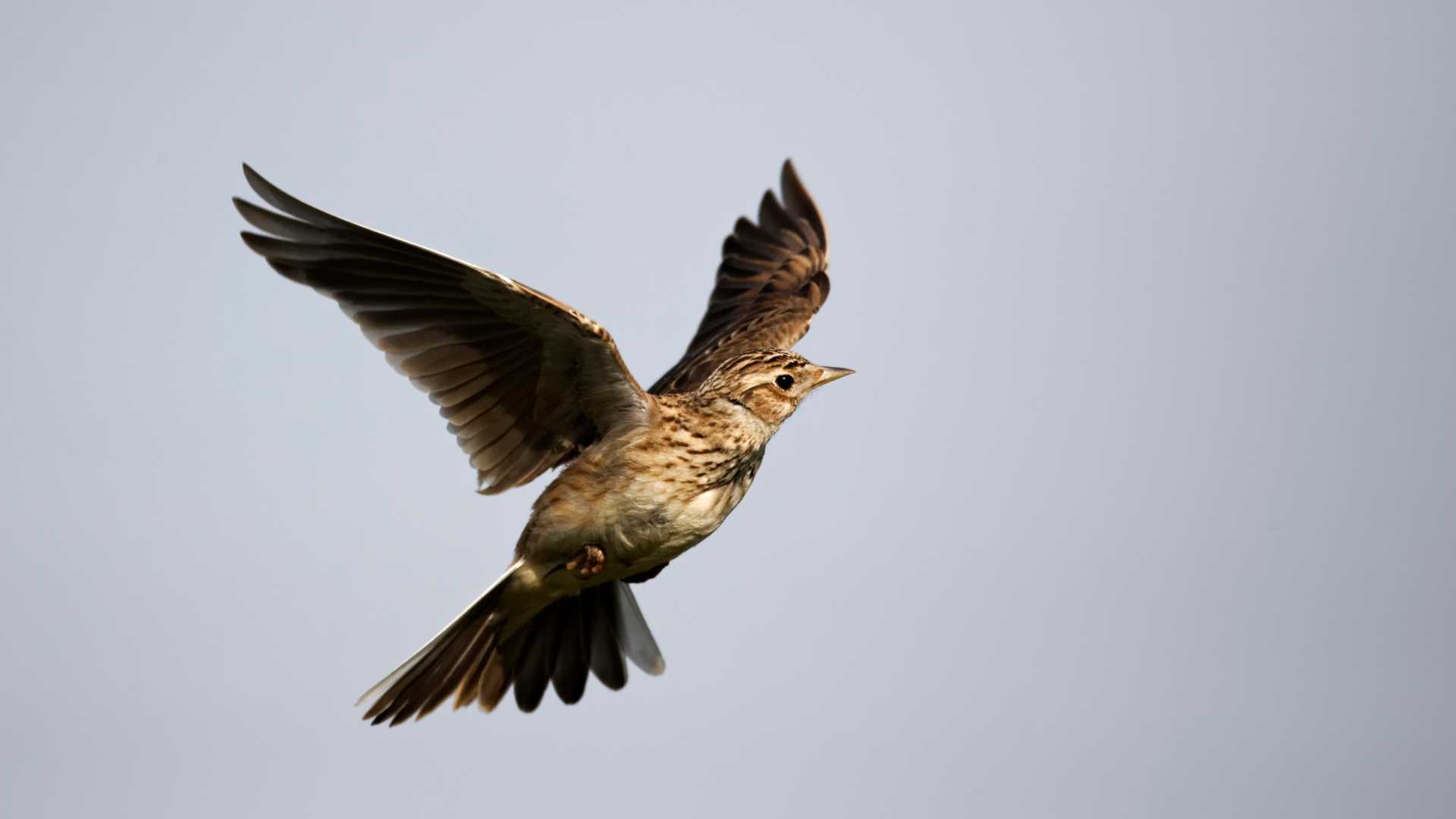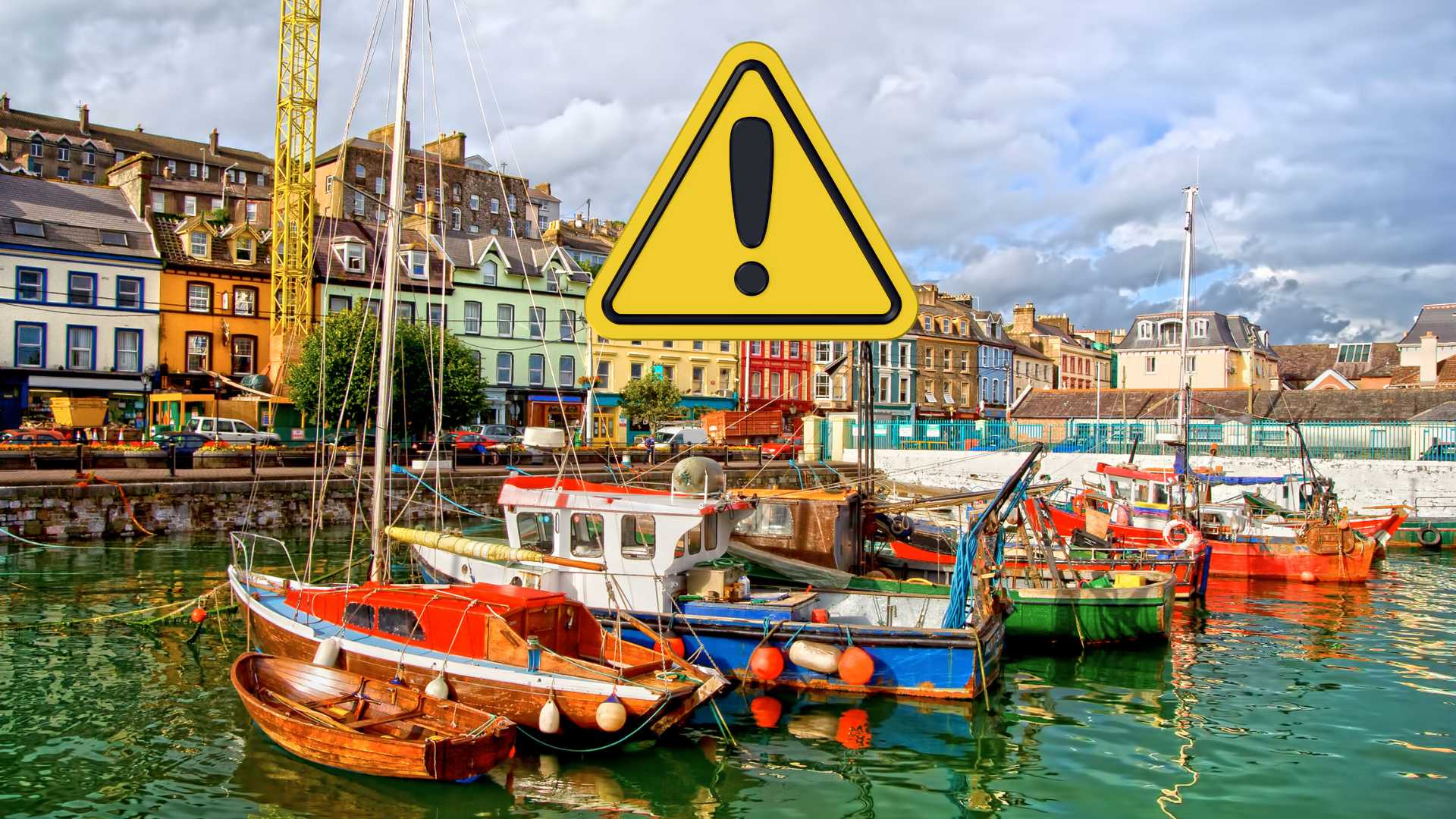
Marine life gets a boost as Ireland’s first Living Seawalls unveiled

Ireland’s first “Living Seawalls” have been installed in Cobh Harbour as part of a University College Cork (UCC) project aimed at enhancing marine biodiversity and resilience along the coast.
The initiative, led by marine ecologist Dr Louise Firth of UCC’s School of Biological, Earth and Environmental Sciences and the UCC Sustainability Institute, adapts international best practice from Australia for Irish waters. The project marks the first time the Living Seawalls concept has been applied in Ireland.
The seawalls use specially designed panels with textured surfaces that provide shelter and feeding opportunities for marine species on otherwise smooth harbour walls. The structures are intended to increase species richness by creating habitat for algae, invertebrates and juvenile fish while also improving water quality through the growth of filter-feeding organisms.
Dr Firth said the project placed Ireland within a growing global network of coastal cities exploring new ways to build ecological resilience into marine infrastructure.
Assistant Professor Mariana Mayer Pinto of the University of New South Wales, who pioneered the concept, said she was delighted to see the initiative reach Cork and described it as a natural extension of long-standing research collaboration between the two universities.
The project, developed with the Port of Cork and Research Ireland, will be closely monitored before and after installation to assess how the structures perform in temperate conditions. The data gathered will inform future approaches to coastal management and climate adaptation across Ireland.
Community involvement is central to the initiative, with local schools, community groups and citizen scientists invited to take part in educational and monitoring activities.
David Browne, commercial manager at the Port of Cork Company, said the Living Seawall demonstrated how a commercial port could integrate biodiversity into its operations and support marine conservation.
If successful, the Cork installation could serve as a model for similar projects nationwide, showcasing how science and engineering can work together to create more sustainable coastal environments.
Share this WeathÉire story:







